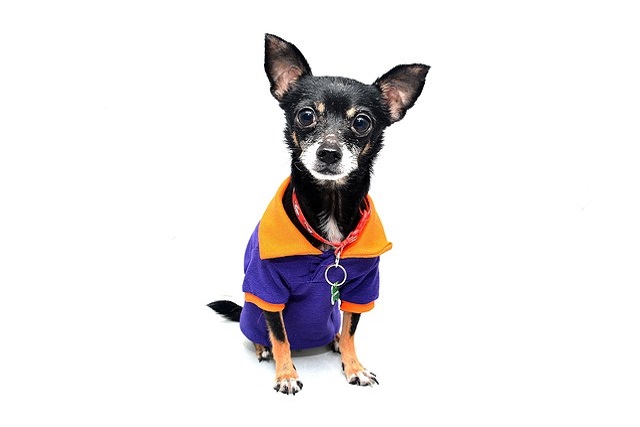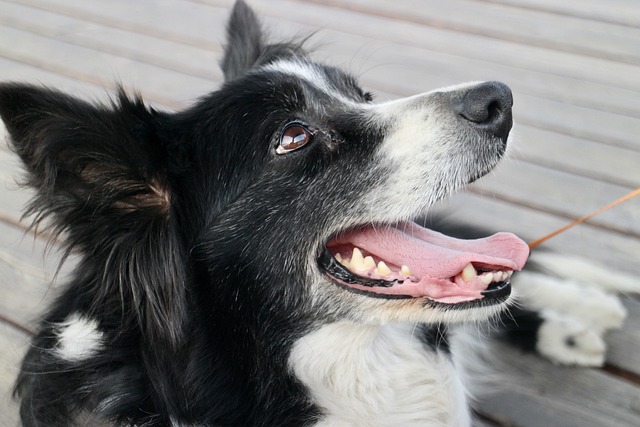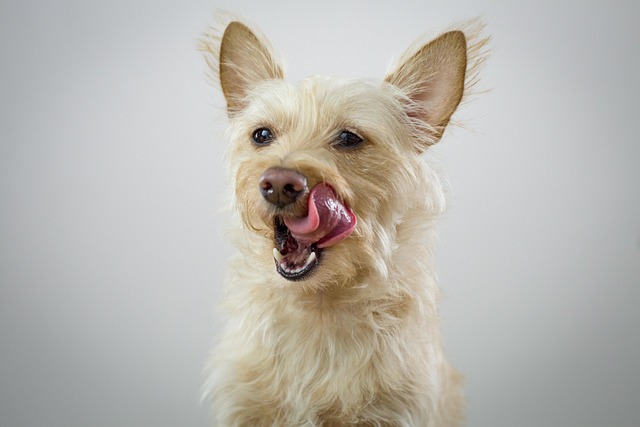
Does apple cider vinegar kill worms in dogs
Does apple cider vinegar kill worms in dogs? It’s a question that pops up often in dog owner circles, especially among newbies in the US who prefer natural remedies.
Dogs perceive the world very differently than humans do, and this includes how they interpret punishment. While we might think a stern "no" or a timeout sends a clear message, dogs don't process these actions the same way we intend. Their brains aren't wired to connect punishment with their behavior in the abstract way humans can. Instead, they react to the immediate consequences and emotions involved. Many owners mistakenly believe their dog "knows they did wrong" when they display guilty looks after misbehaving, but research suggests these are actually responses to the owner's anger rather than true understanding of wrongdoing.
The effects of punishment on dogs can be far more damaging than many realize. Studies show that punitive methods often lead to increased anxiety, fear-based aggression, and even long-term behavioral issues. A dog who gets yelled at for chewing shoes might stop that specific behavior, but they're more likely to develop generalized anxiety about interacting with objects or people. The American Veterinary Society of Animal Behavior notes that punishment-based training can damage the human-animal bond and create dogs who are stressed in their own homes. That said, it's not about being permissive - it's about finding methods that actually work with how dogs learn.
Positive reinforcement training works because it aligns with canine psychology. When you reward desired behaviors with treats, praise, or play, you're speaking a language dogs instinctively understand. They repeat actions that bring good consequences. This method builds confidence instead of fear, and strengthens your connection with your pet. Interestingly, military and service dog trainers have used positive reinforcement for decades because it creates reliable behaviors even in high-stress situations. The key is timing - the reward must come immediately after the good behavior to create the proper association.
Implementing positive reinforcement starts with observing what motivates your individual dog. Some go crazy for chicken bits, while others prefer a game of tug or enthusiastic praise. Keep training sessions short (5-10 minutes) and end on a success. For example, if your dog jumps on guests, practice having them sit for treats when the doorbell rings. Gradually increase distractions as they improve. Remember that management is part of training - put away tempting items rather than punishing curiosity. Many American trainers recommend keeping a treat pouch handy to catch good behaviors spontaneously throughout the day.
Understanding how dogs perceive our actions leads to more effective and humane training. While punishment might occasionally stop unwanted behaviors, positive reinforcement builds the joyful, confident companion we all want. The next time your dog makes a mistake, consider it a teaching opportunity rather than a disciplinary moment. With patience and the right methods, you'll be amazed at what your canine friend can learn - and how much stronger your bond will become. After all, isn't that what having a dog is really about?

Does apple cider vinegar kill worms in dogs? It’s a question that pops up often in dog owner circles, especially among newbies in the US who prefer natural remedies.

Puppies are bundles of energy, but when that energy turns into growling, nipping, or lunging, it can be worrying. Aggression in puppies often stems from fear, confusion, or a lack of proper socialization—rarely is it a sign of a "mean" dog.

You’re sipping coffee on a Saturday morning when your Labrador nudges a slobbery tennis ball onto your lap. That hopeful stare says it all

Picture your Golden Retriever spinning in circles at 6 PM sharp – that’s pent-up energy screaming for release. Dogs thrive on balanced stimulation

Picture this: You’re teaching your new pup "sit" in your Chicago apartment, but the moment a delivery truck rumbles outside, they forget everything.

You step into your backyard only to find your new hydrangeas flattened by your Great Dane’s enthusiastic zoomies. Or perhaps your apartment balcony herbs